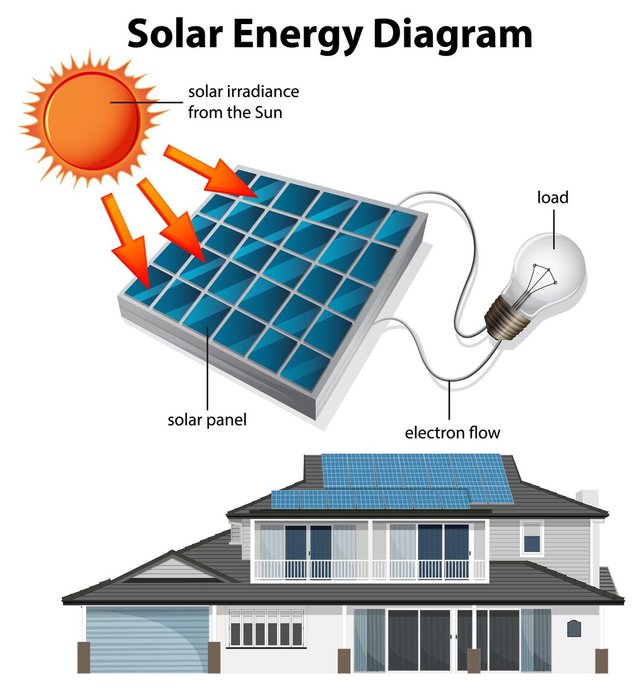By 2024, with regard to the topic of renewable energy, many researchers and scientists have added new solar-cell types that record high efficiency rates. A group of scientists at the Massachusetts Institute of Technology (MIT) has recently introduced a new type of perovskite photovoltaic cell to the market, and that has an efficiency of over 30%, which is much higher than that of silicon photovoltaic cell.

Perovskite materials should be also mentioned here as they have been drawing a lot of attention because of their high light absorption efficiency and low cost. The most recent developments of these thin film solar cells embrace a tandem approach that incorporates both perovskite and silicon based layers to ensure that the solar cells capture the entire solar emissions. This not only boost the performance of system but also provides enhancement in stability and life span of cells which were major drawbacks reported in perovskites technology.
The implications for these advancements are far-reaching, which is why Davenport and Prusak do not hesitate to assert that knowledge management is not simply the newest management fad. High efficiency of solar cells can straightforwardly decrease the cost of solar energy in comparison with gasoline and even fossil fuels, which will enable society to save more energy by using new type of fuel. Furthermore, these new cells allow for the development of flexible systems ranging from large solar power plants to portable chargers for electronic equipment.
These advances in solar power technology bring us closer to the bridging the gaps of energy demands and embracing a sustainable future as a result of the impacts of scientific discovery in addressing the various energy needs.